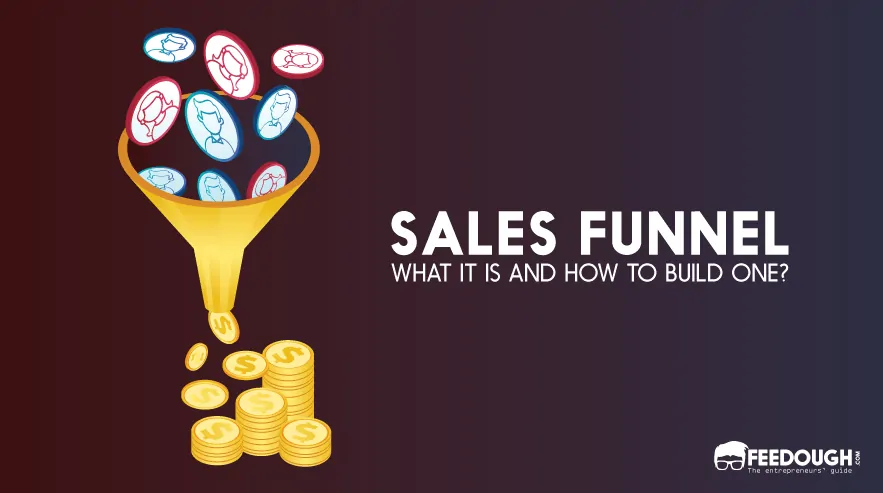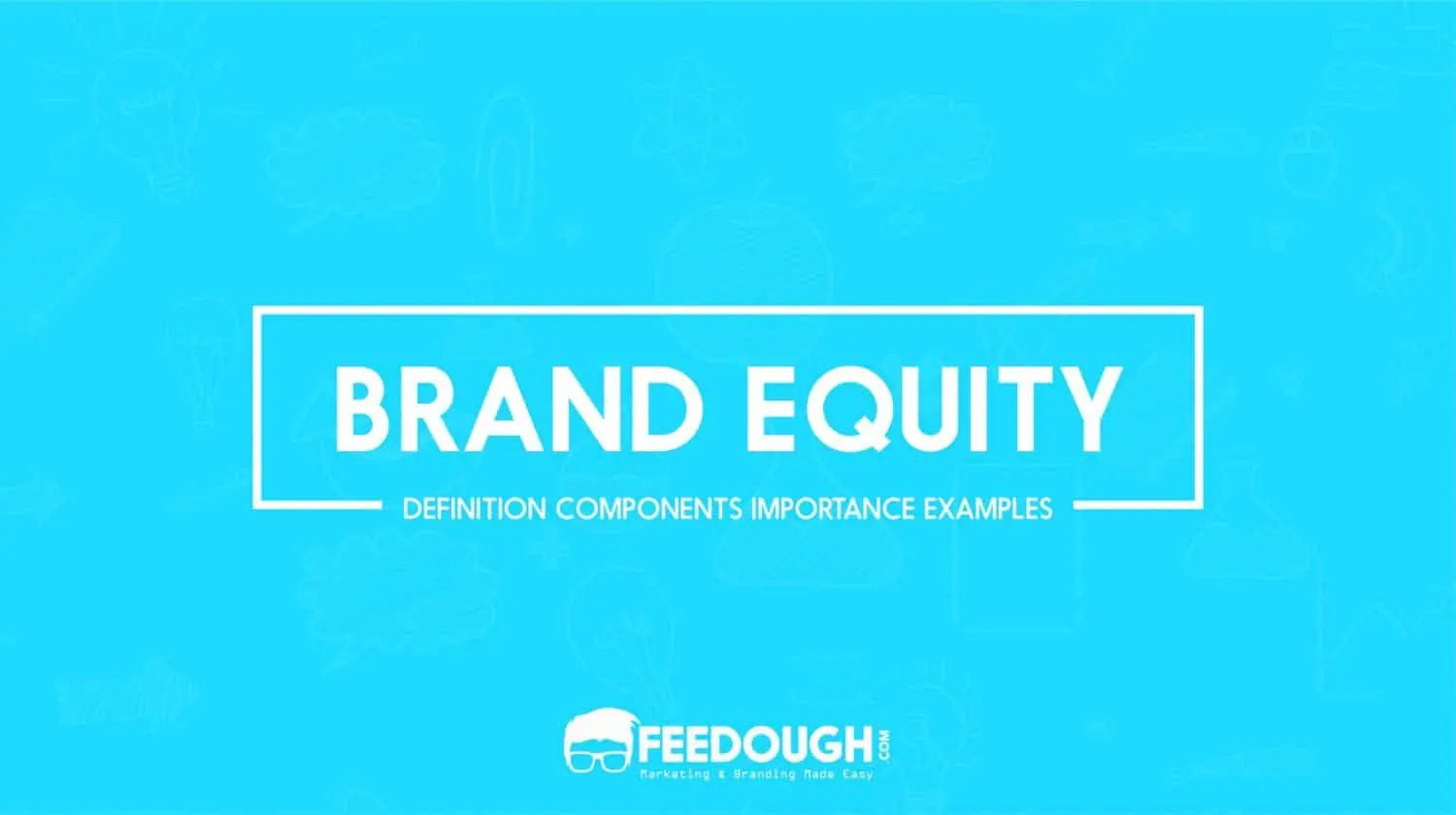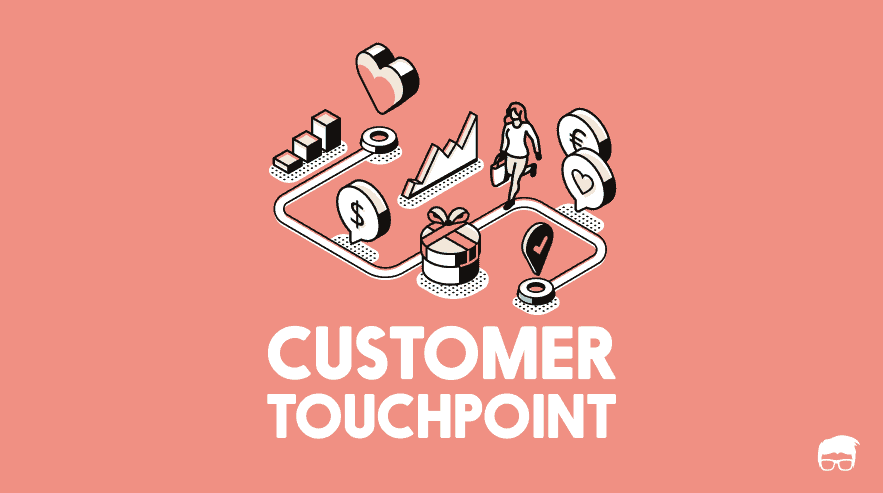Ever seen an ad so good that it made you look for the product on the internet?
While comparing phones, what made you choose Google Pixel over Apple (or vice-a-versa)?
Excited to avail fancy offers on a new app/service?
Little do we realize, but from the moment you get to know of a brand till the time you actually buy it, companies strategically analyse your buying behaviour and try to influence you at every stage.
This is done with the help of the AIDA model. It helps break down customer journey/ behaviour into distinct parts. A brand is then able to plan marketing and advertising strategies of influencing each part so that a consumer is compelled to be engaged with the brand and ultimately buy its product.
What is AIDA?
AIDA model is a blueprint that marketing, advertising and sales functions use to target all touchpoints during a customer’s purchase journey, that is, from getting to know about the product to finally buying it.
The consumer journey is analysed by breaking it into four fundamental stages.
- Awareness
- Interest
- Desire
- Action
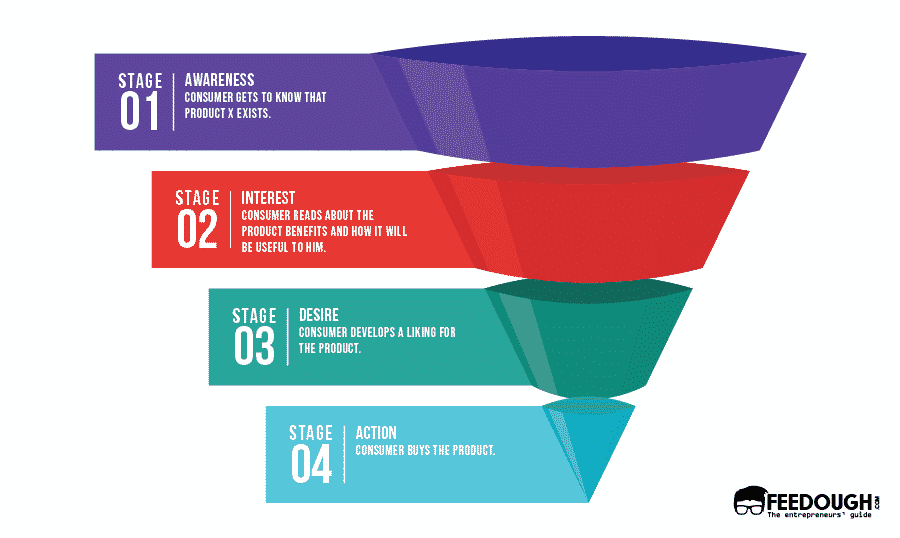
This is also referred to as a ‘Purchase funnel’. The number of people targeted at the Awareness stage trickles down and ultimately very few people are left who actually turn into buyers.
Also, an inter-stage movement is possible. For example, people can directly jump from Awareness to Action.
Let us now see all the stages in detail and how some brands have leveraged these to their advantage.
STAGE 1 – Awareness
The first impression can be the last impression. In the first stage, a consumer comes across the Brand. This can be through an advertisement or word-of-mouth or a kiosk displaying products and more popularly these days, through sponsored content.
Many times brands just assume that the existence of a brand will automatically be known to people, which may not always be true. Traditional ways of advertising may not create a differentiating factor for your offering, so it only makes sense to make a creative disruption to make your presence felt. Also, characteristics graphics, colour and size are highly essential in determining what will catch the audience’s sight.
Thus a brand can gain the attention of consumers through:
- Captivating ads
- Personalized messaging
- Intelligent targeting
Example: A food delivery app targeting the youth should invest in being highly active online on social media than on print ads.
An example top of the mind- Mini Cooper!

Mini Cooper, to attract more eyes and attention, used a quirky guerilla marketing strategy of placing giant cardboard cartons with torn gift wrapping on the streets of Amsterdam.
STAGE 2 – Interest
Undoubtedly, the most crucial of the stages. If the consumer feels the product has no meaning for him or if he does not find it captivating enough, he will never reach the purchase stage. So it is important to deliver your product message in a customized and crisp way that suits the profile of the intended audience.
The highlight of the product communication should point to the consumer’s needs. This leads to the consumer going an extra step in looking up the product to see how it benefits him.
For example, let’s consider this campaign by Adidas.
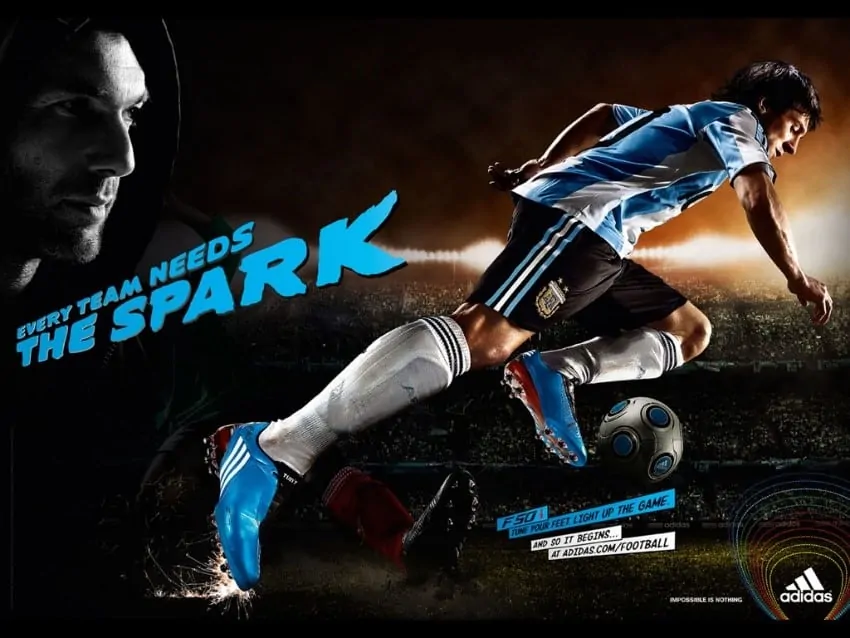
Notice the caption ‘Every team needs the spark’.
Lionel Messi’s picture initially attracts the consumer, the intended audience being sports (especially football) enthusiasts. The contrasting colours of the shoe and matching caption convey that it’s a shoe advertisement. The shoe appears to be emitting sparks (representing fast performance), and the caption contains the same imagery. So the consumer gets curious and looks up what exactly does the campaign refer to and how can ‘that spark’ be added to the team. At this point, considerable interest has been generated and the consumer has most likely read up the features of the shoe.
Another good example of generating interest by a brand but in an online world is this landing page by Buffer which not only showcases the service features but also the quality validation that 80,000 businesses already use the service.
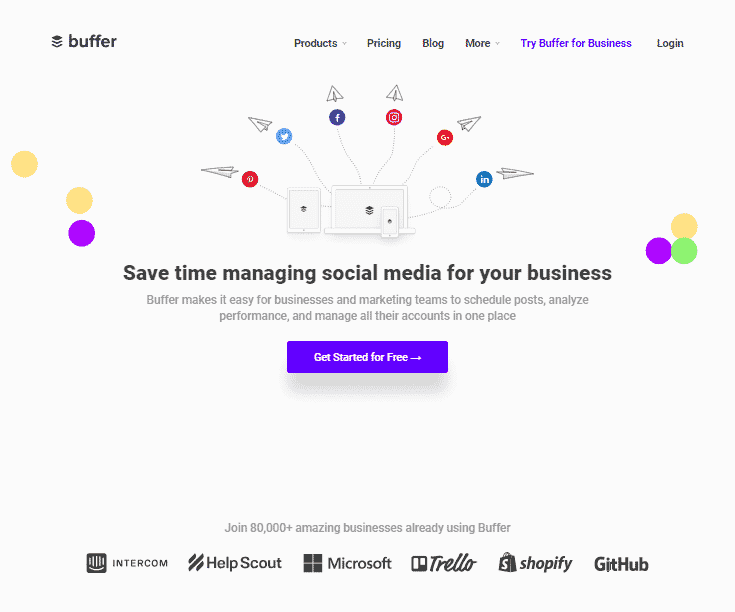
STAGE 3 – Desire
It is not enough to generate interest. A keen liking for how a brand presents itself may be highly appreciated, but may not necessarily convert in sales.
Interest and Desire can be achieved simultaneously. So immediately after interest is generated, it is important to convey to the audience why they need it. If a customer might not actually NEED that product, the brand can try to create the WANT for it.
Usually, the desire stage is achieved during the time a consumer is comparing the product with other competitors’ offerings. In that case, the brand needs to prominently highlight its outstanding features which the consumer won’t get in other products.
For example, Wendy’s “Where’s the beef” campaign, highlights the fact that their hamburgers contain more beef than those of the competitors.
Another example is how L’Oreal does it.
It caters to consumers’ concerns regarding a product and offers advice for the same. It curates a lot of content on skincare and beauty tips. Once a person reads up a haircare routine, for example, she will be more comfortable following that routine if she has L’Oreal products since she would know exactly how much to use and how to use. L’oreal also utilizes that as an opportunity to create a L’Oreal ecosystem by promoting its other brands within the same space, leading to cross-selling opportunities.
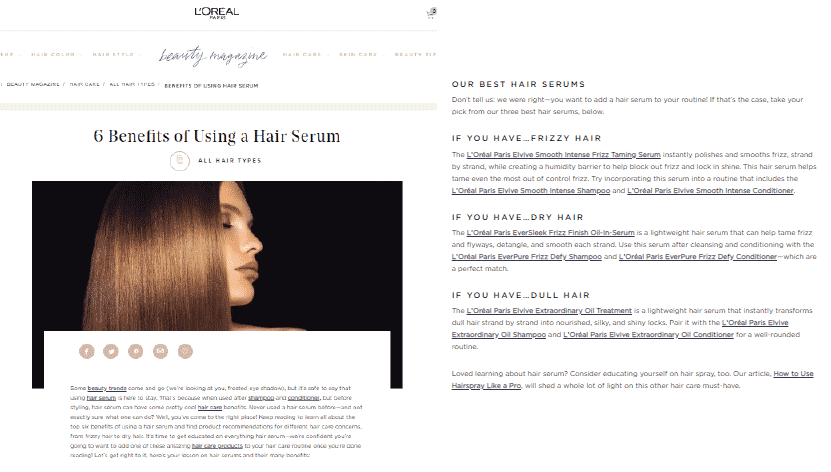
STAGE 4 – Action
Finally, when the consumer has had a positive disposition towards the brand, he/she will be willing to try it or buy it. At this stage, schemes like early-bird discounts, free trials, one-on-one offers, referral systems, etc. can give that one final push to the consumer to go ahead and buy it.
For example, Amazon encourages purchases through its ‘EMI options’. That enables consumers to buy durables and gadgets even when they’re running on a tight budget.
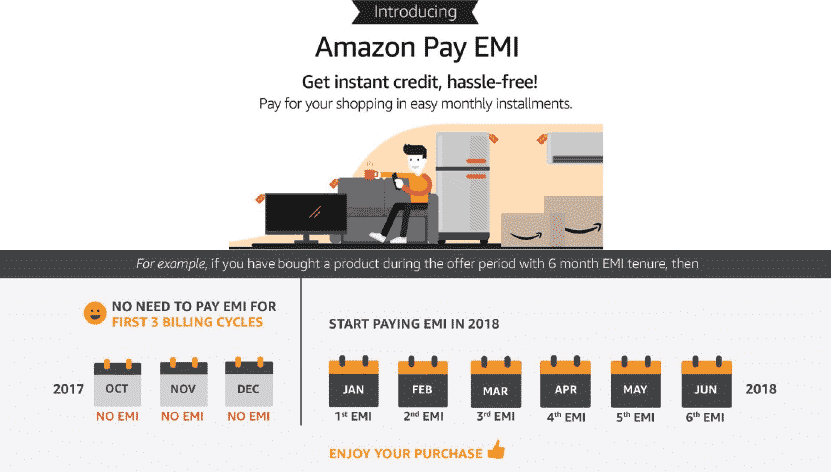
AIDA Model Example
Having understood the stages, let us understand it better through an AIDA model for Netflix in India. It is a big task for Netflix to appeal to and convert Indian users who are accustomed to free content. Here’s what Netflix do to attract them –
STAGE 1: Creating Awareness
Netflix uses some common advertising mediums to inform the users about the offering. The mediums are –
- Print advertisements
- Youtube Advertisements
- Display Advertisements (Adwords)
- Partnerships with service providers like Airtel
It advertises some really famous shows like Narcos and some Indian Netflix Originals like Sacred Games which are exclusive on Netflix.

STAGE 2: Generating Interest
Once the users are aware and visit Netflix’s landing pages, they are offered a one-month free trial to explore experience all the shows and features on Netflix.
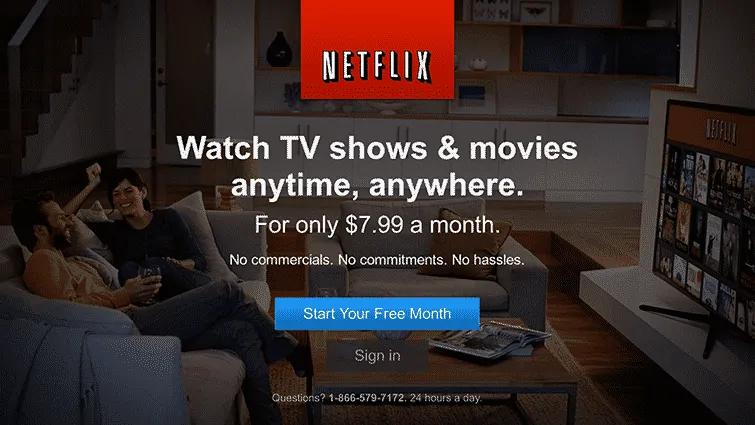
STAGE 3: Securing Desire
As the viewers experience some features, they get used to the seamless viewing experience. At this point, the following additional features create the desire to purchase the subscription plans –
- Netflix Exclusive movies, shows, and documentaries.
- High-resolution videos
- Support for every device (watch anywhere you go)
- Multiple TV series and movies from Hollywood, Bollywood, and other regional industries.
- Multiple profiles under one account
- Download and watch offline option
- No ads while streaming videos
- Personalized recommendations of TV shows and movies, based on viewing patterns
- Multi-screen viewing
- Continue watching a video from where you left
- Support for low-speed internet devices, etc.
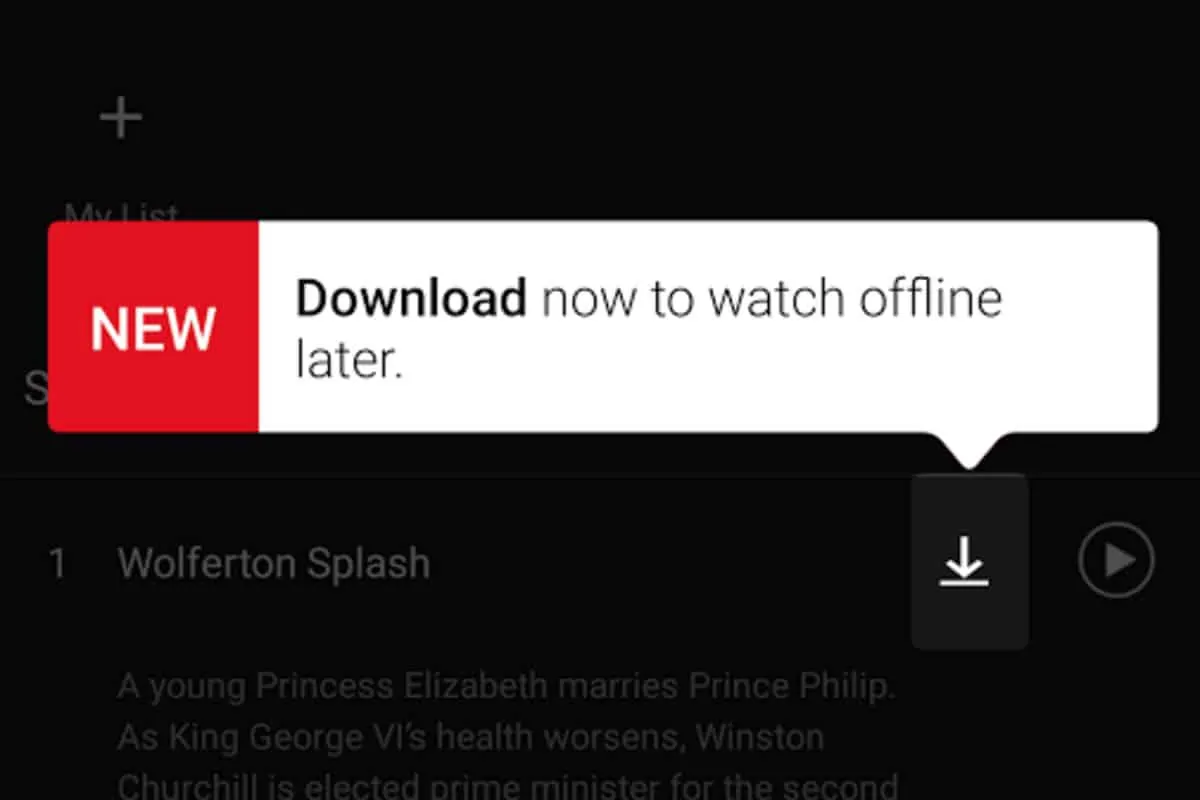
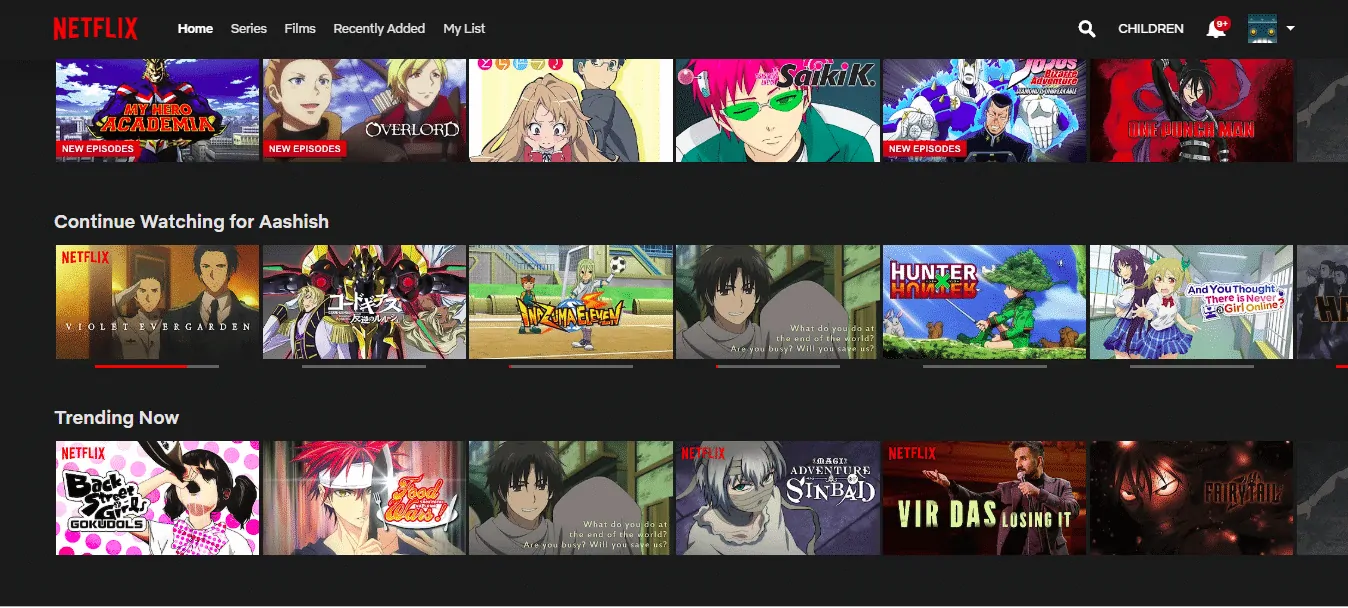
STAGE 4: Enabling Action
Once the user is hooked to the offering, Netflix converts him into a real customer who pays. This is done by offering a variety of subscription plans and an option to stop the subscription at any time.
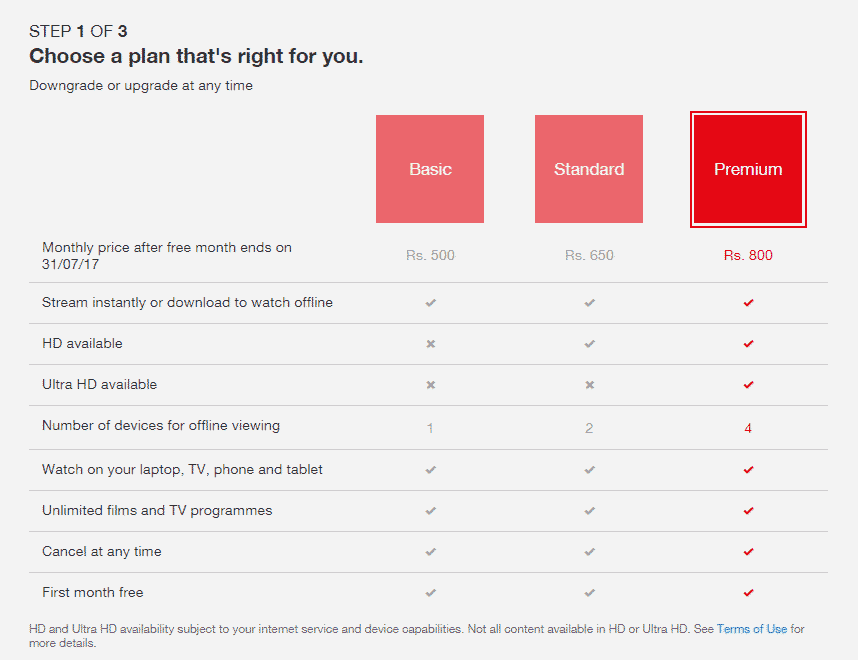
Developments in the AIDA Model
The AIDA model has been modified into many variants, which include the role of new digital media and post-purchase behaviour. However, the basic sequence remains Cognition- Affect- Behaviour.
Some of these variants are:
- Basic AIDA Model: Awareness→ Interest→ Desire→ Action
- Lavidge et al’s Hierarchy of Effects: Awareness→ Knowledge→ Liking→ Preference→ Conviction→ Purchase
- Modified AIDA Model: Awareness→ Interest→ Conviction →Desire→ Action (purchase or consumption)
- AIDAS Model: Attention → Interest → Desire → Action → Satisfaction
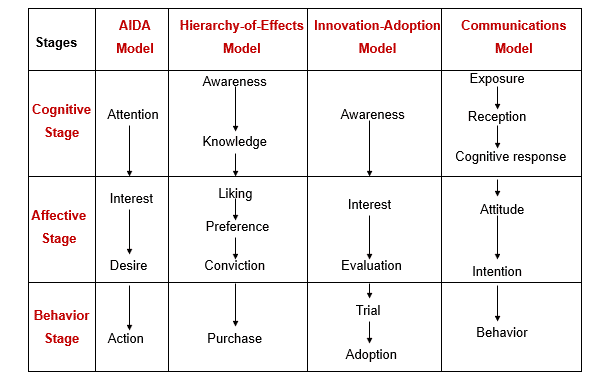
Go On, Tell Us What You Think!
Come on! Tell us what you think of our article on AIDA model in the comments section.
An MBA graduate and an idiosyncratic bibliophile with an experience in sales, marketing, and economics.
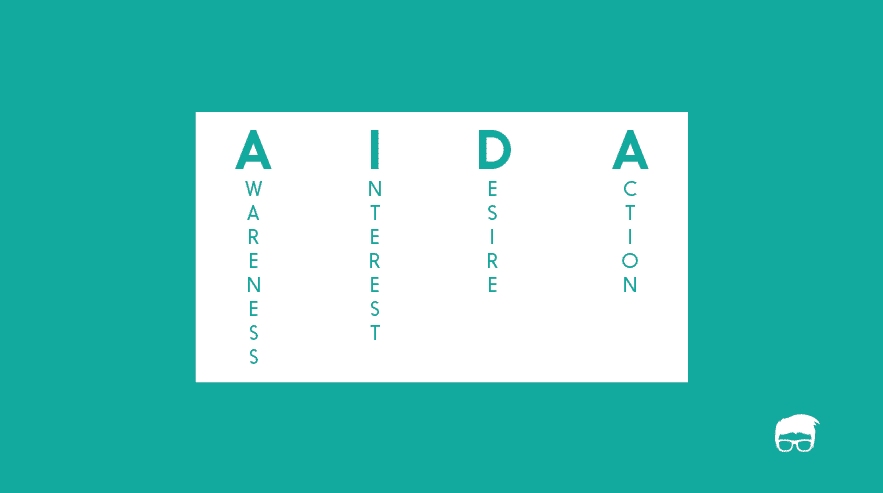

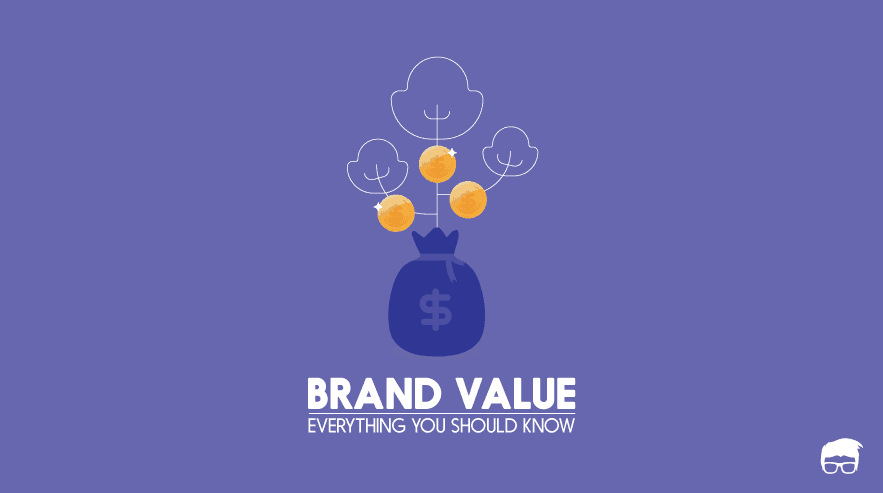
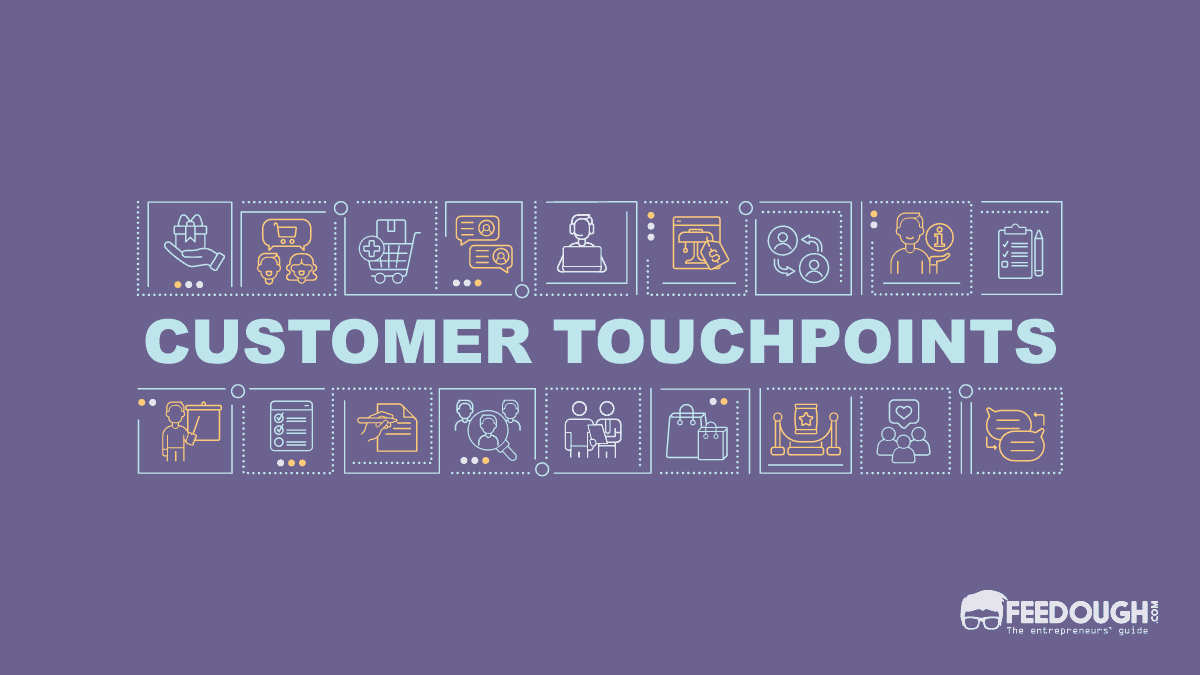
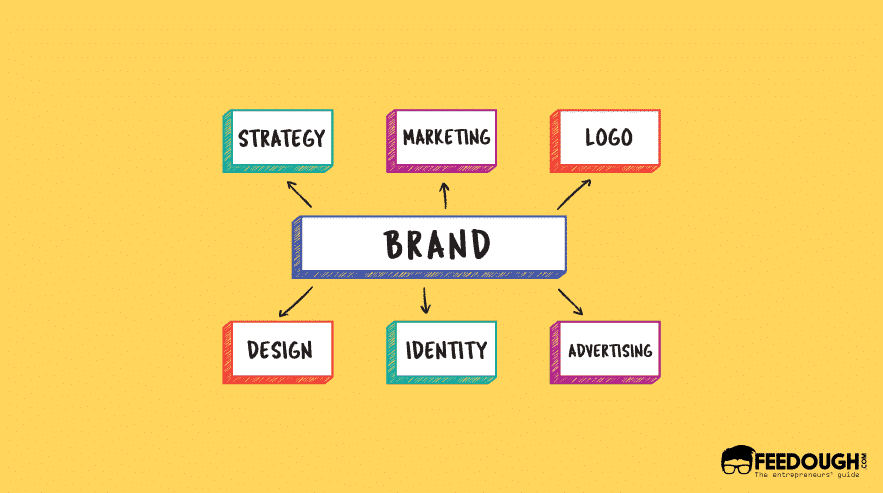
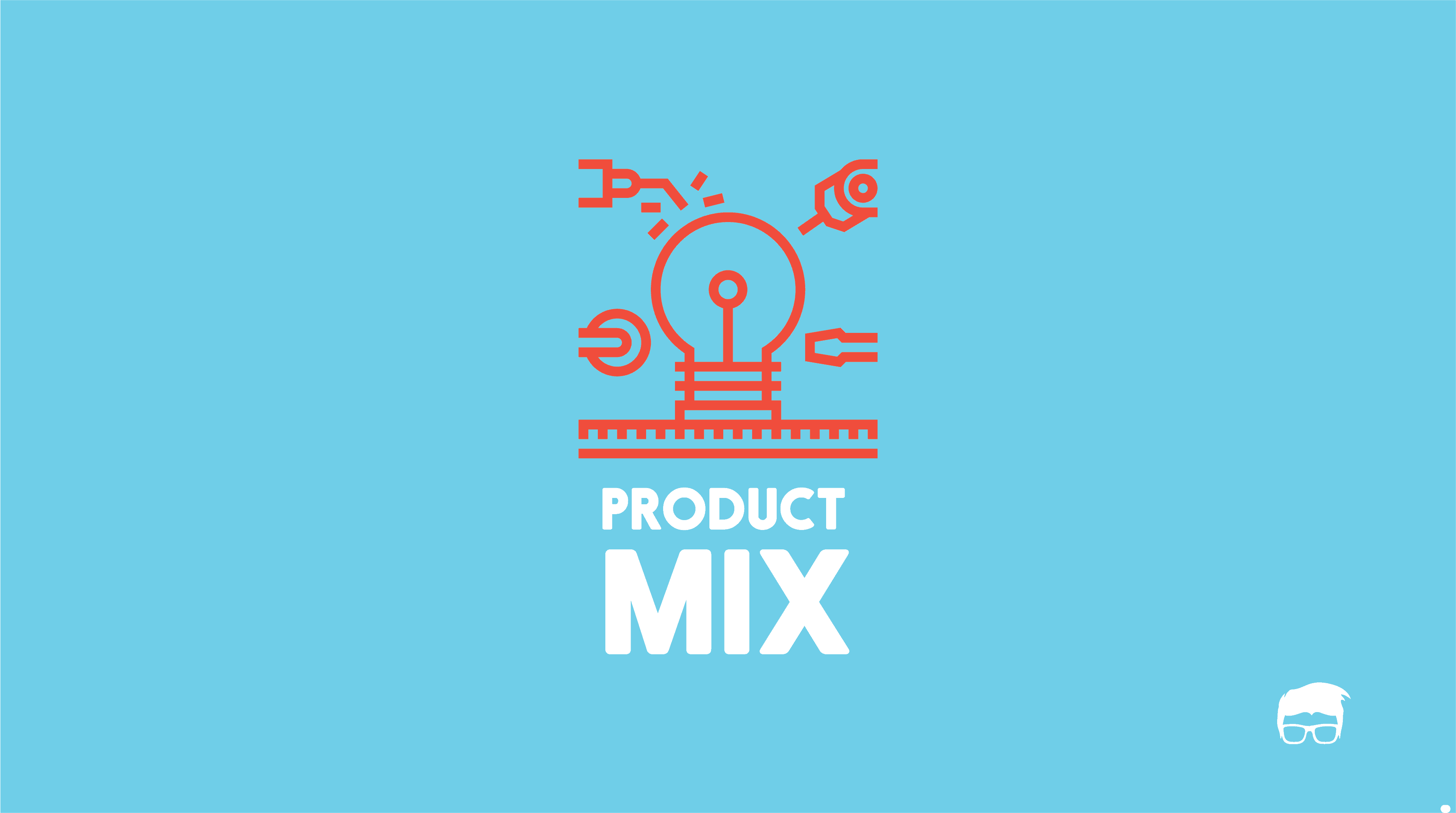
![Developing A Software Marketing Strategy [Detailed Guide] software marketing](https://www.feedough.com/wp-content/uploads/2022/10/software-marketing.webp)
